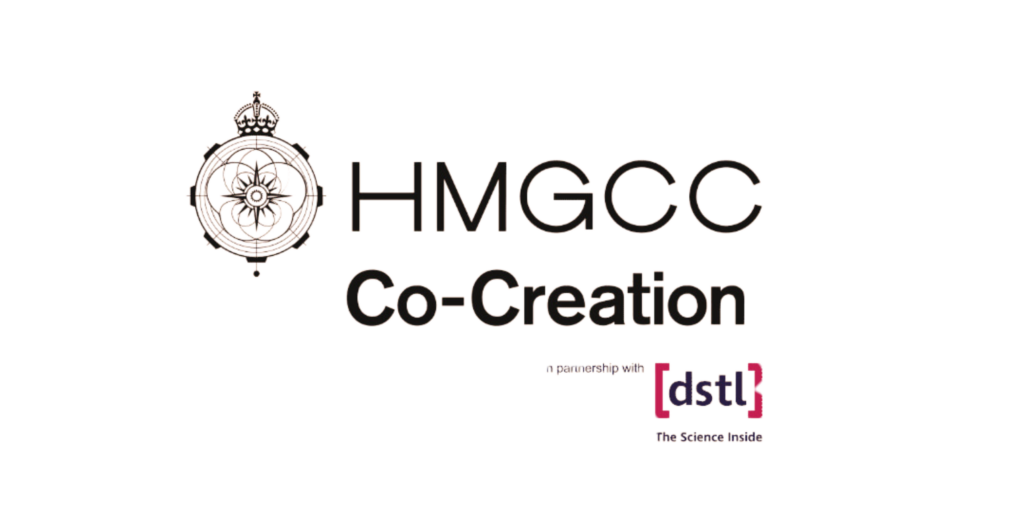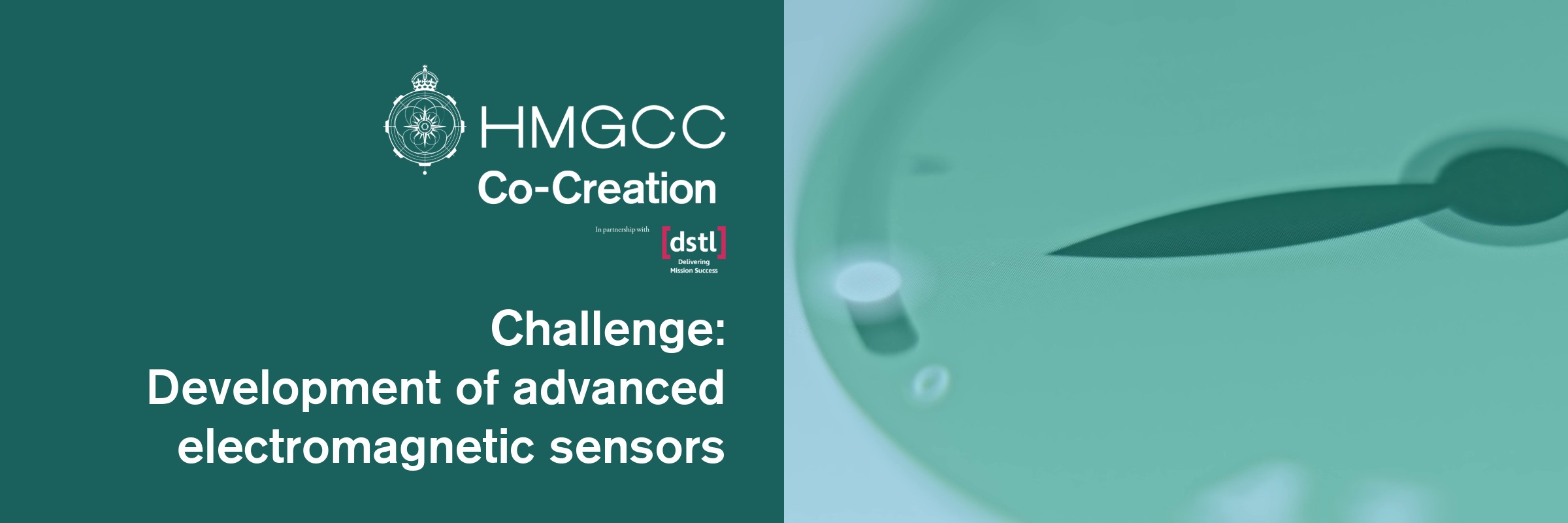
The latest research into advanced radiofrequency (RF) sensing capabilities is being sought in a new challenge launched by HMGCC Co-Creation.
In this 16-week, funded project, applicants are invited to come forward if they have developed lab-based sensor technologies, including quantum sensors, operating in wide electromagnetic frequency ranges of at least 1MHz to 4GHz. The aim is to develop research to a prototype stage.
HMGCC Co-Creation will provide funding for time, materials, overheads and other indirect expenses.
Technology themes
Antennas, electronic engineering, manufacturing, materials science and engineering, photonics, quantum technologies, radio frequency science and engineering, systems engineering.
The challenge
Context of the challenge
There are many ways in which national security and defence organisations use technologies such as highly sensitive and precise antennas and electromagnetic (EM) sensors. This can range from electronic security to telecommunications.
There is a potential step change in sensing capability with the emergence of quantum EM sensors and other novel technologies, that could offer better sensitivity, precision, repeatability and ability to tune over classical antenna design. This is both a tool and potential risk.
With these advantages, comes a greater threat protecting against TEMPEST, the passive phenomena of unintended signal emanating from IT equipment which may give away sensitive data (1).
To help ensure the UK government ‘s understanding of these technologies, HMGCC Co-Creation is launching a challenge on behalf of multiple UK national security and defence organisations to accelerate existing developments to take from proof of concepts in a lab environment to a usable prototype..
[1] https://www.ncsc.gov.uk/information/tempest-and-electromagnetic-security
The gap
Classical antennas have clearly been highly successful in enabling modern communication and sensing, but there are limitations. This includes the trade-off between the size of the antenna, bandwidth, calibration requirements, inefficient radiating power and directionality.
Advanced sensors, such as quantum Rydberg sensors could overcome these existing limitations. These are typically limited to lab-based set-ups and so HMGCC Co-Creation is looking to invest and collaborate with organisations to develop a statically operated sensor that is field-portable and reliable.
Example use case
UK government carries out a lot of work in protecting against cyber-attacks and data leakage, including adhering to NATO standards in mitigating TEMPEST risk. This typically requires additional shielding of cabling and electronic equipment, reducing the risk of detectable electronic emissions.
Roxanne, an information security officer, is responsible for estates spanning a range of threat environments. She is testing a new, portable sensor to identify vulnerability in existing IT infrastructure. She takes a number of measurements in a real-world environment, followed by measurements in isolation of other environmental variables. Repeatability of measurements is key.
The new sensor could provide one of two results:
- It could detect electrical emissions from devices that were previously thought to be protected, identifying a vulnerability that must be patched and raising the bar for published standards. This would ensure other organisations are also protected.
- Or, the new device may find no vulnerabilities, showing that current shielding specifications are sufficient and future-proofed against novel attack vectors.
Project scope
Applicants for this 16-week challenge should aim to deliver a demonstration of advanced antennas / EM sensors to the sponsors, alongside a report. This is open to technologies at initial Technology Readiness Levels (TRL) from 3 – 5, with the aim to move technologies to a proof of concept for field trails (TRL 6 – 7).
It is acknowledged that the cost of materials may be significant, so part of the £250,000 budget may be used to purchase specialist equipment, with the remaining spent on development. As part of the proposal, please specify the breakdown of expected materials costs and major lead times.
Essential requirements:
- Ability to detect frequencies in the range of at least 1MHz to 4GHz.
- Non-contact way to detect electromagnetic fields.
- Stand-off detection ranging from a few centimetres up to several metres.
Desirable requirements:
- Compatible with server rack mounting.
- Working towards physically robust unit.
- Considers robustness against electromagnetic pulse attacks.
- Minimise size, weight and power (any future product to be human-portable).
Not required:
- Horizon scanning only.
- Mature technology that is already commercially available.
Key dates
Monday 18 August 2025
Competition opens
Tuesday 2 September 2025
Clarifying questions submission date
Tuesday 9 September 2025
Clarifying questions published
Thursday 18 September 2025 at 5:00pm (UK time)
Competition closes
Friday 3 October 2025
Applicant notified
Tuesday 14 October 2025
Pitch day in Milton Keynes
Monday 20 October 2025
Pitch Day outcome
Friday 24 October 2025
Commercial onboarding begins*
*Please note, the successful solution provider will be expected to have availability for a 1-hour onboarding call via MS Teams on the date to be specified to begin the onboarding/contractual process.
November 2025
Target project kick-off
Eligibility
This challenge is open to sole innovators, industry, academic and research organisations of all types and sizes. There is no requirement for security clearances.
Solution providers or direct collaboration from countries listed by the UK government under trade sanctions and/or arms embargoes, are not eligible for HMGCC Co-Creation challenges.
